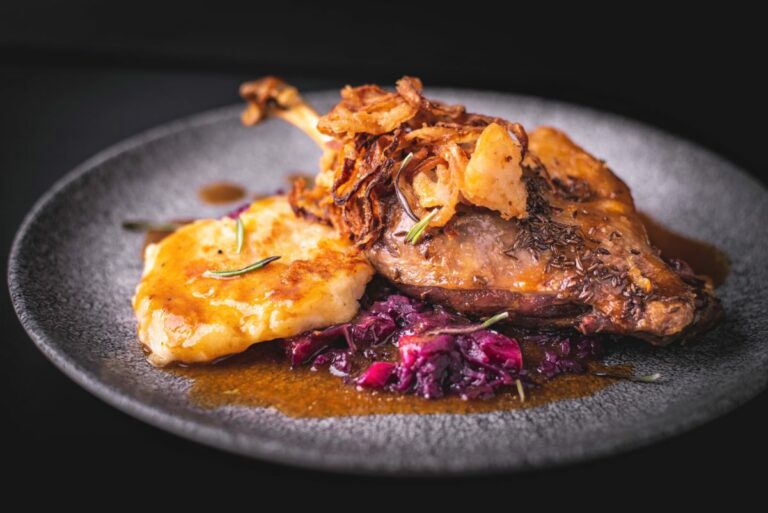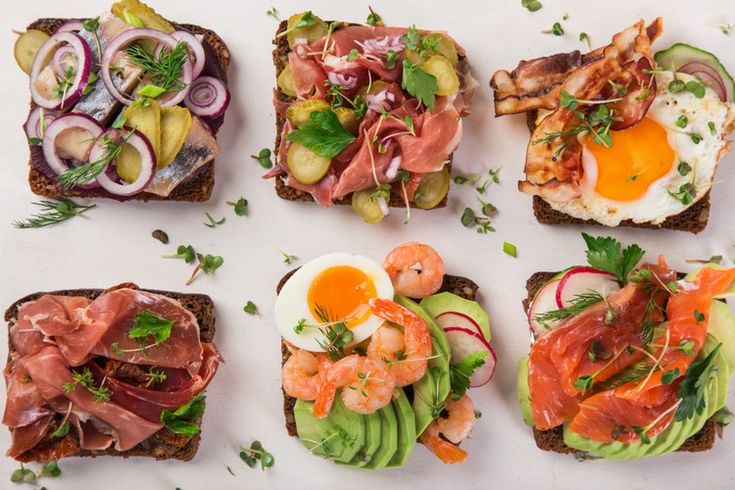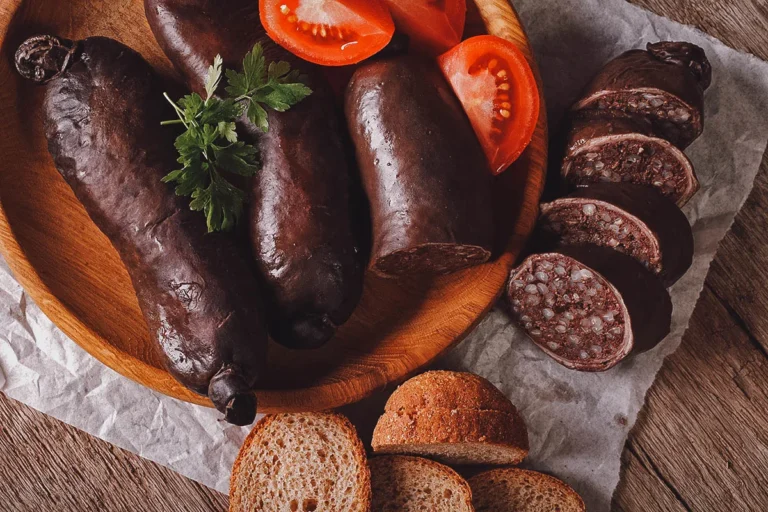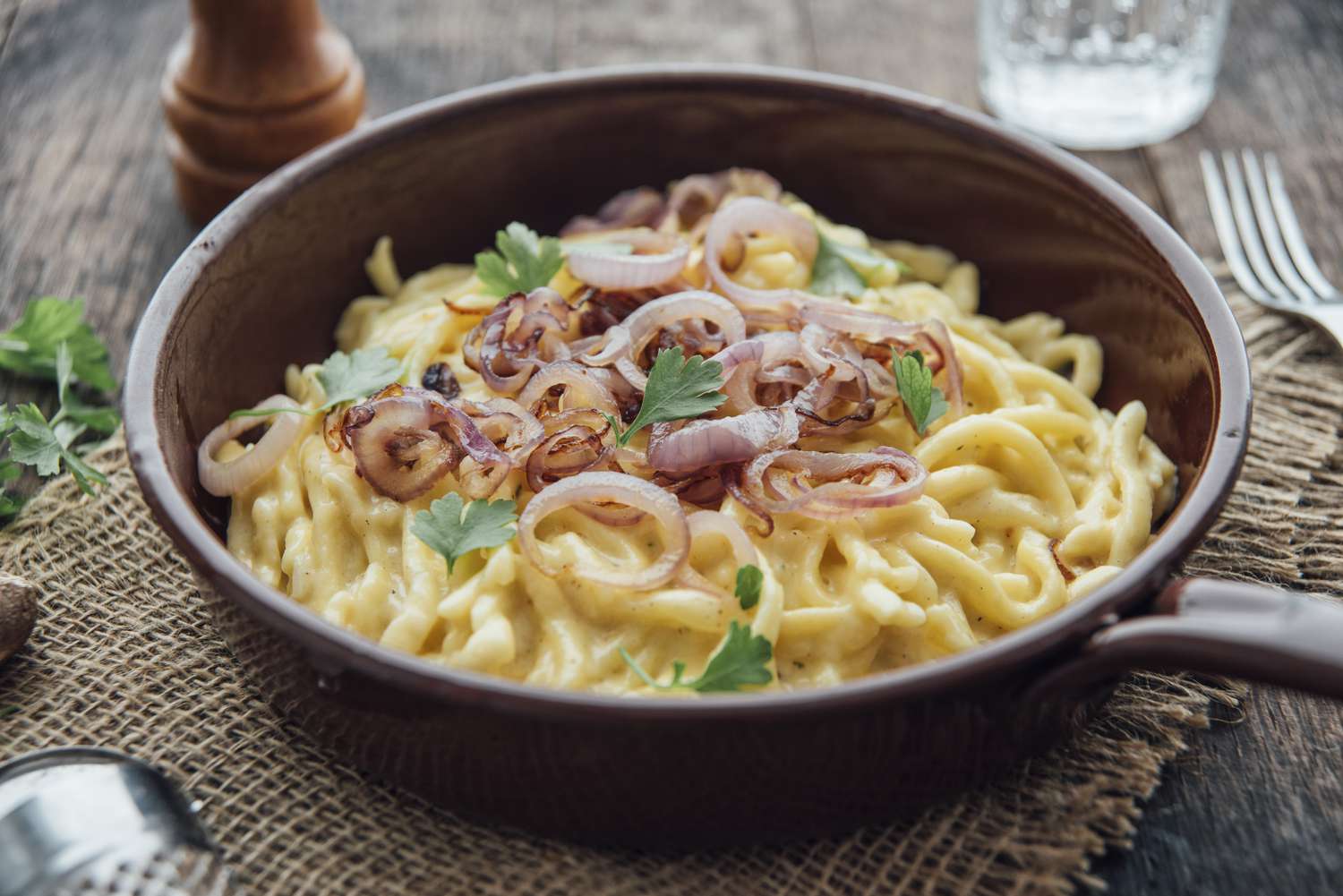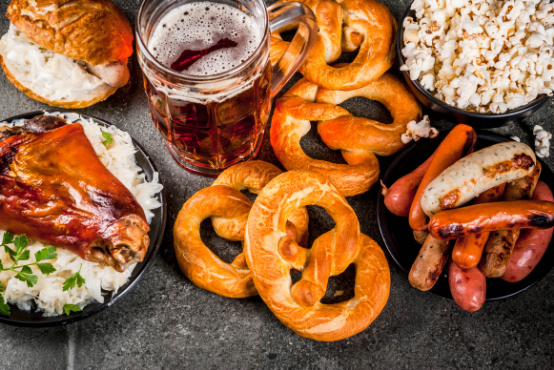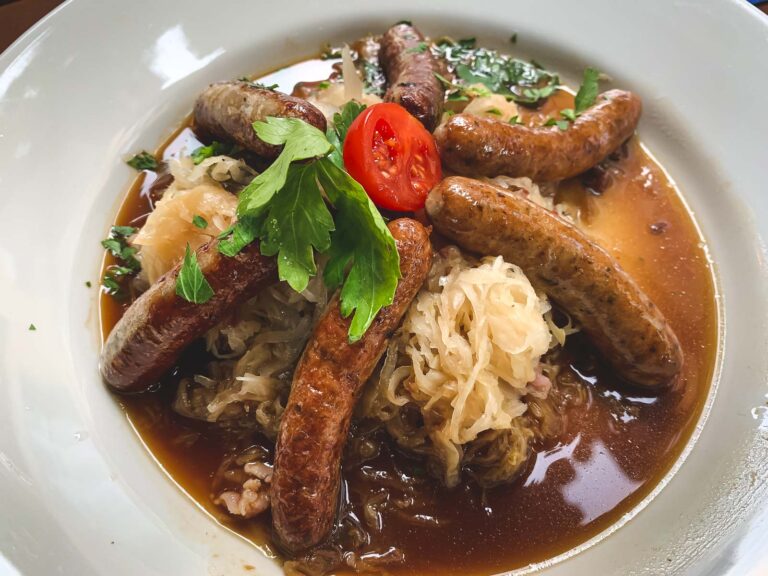Introduction: Understanding Czech Cuisine
Czech cuisine, also known as Bohemian cuisine, is a reflection of the country’s rich history and cultural heritage. The cuisine is characterized by hearty, meat-based dishes, dumplings, and rich sauces. Czech dishes are often accompanied by beer, which is an essential part of the country’s drinking culture. The influence of neighboring countries like Germany and Austria on Czech cuisine cannot be ignored. Over the centuries, Czech cuisine has evolved, incorporating flavors and ingredients from these countries.
German Influence on Czech Cuisine
The German influence on Czech cuisine dates back to the time when the Czech Republic was part of the Austro-Hungarian Empire. German cuisine introduced new ingredients and cooking techniques that were adopted by Czech chefs. For example, the Germans introduced sausages, which quickly became a popular ingredient in Czech cuisine. The Germans also introduced new spices and herbs, such as caraway seeds and marjoram, which are commonly used in Czech cuisine today. German cuisine also influenced the way Czechs prepared meat dishes, which became more complex and flavorful.
Austrian Influence on Czech Cuisine
Like Germany, Austria also played a significant role in shaping Czech cuisine. Austria introduced new dishes, such as schnitzel and goulash, which quickly became popular in Czech cuisine. Austria also introduced new cooking techniques, such as frying, which is now a common method of preparing meat dishes in Czech cuisine. Austrian cuisine also influenced the way Czechs prepared soups, which became creamier and more flavorful.
Shared Ingredients Between German, Austrian and Czech Cuisines
German and Austrian cuisines share many ingredients with Czech cuisine, including pork, beef, potatoes, and cabbage. These ingredients are commonly used in traditional Czech dishes, such as roast pork with cabbage and dumplings. German and Austrian cuisine also introduced new ingredients, such as sauerkraut and spätzle, which are now commonly used in Czech cuisine.
Traditional Czech Dishes Inspired by German and Austrian Cuisines
Many traditional Czech dishes have been inspired by German and Austrian cuisines. For example, svíčková, a popular Czech dish of beef sirloin with cream sauce and dumplings, was inspired by Austrian cuisine. Similarly, pečená kachna, a roasted duck dish, was inspired by German cuisine. These dishes have become an essential part of Czech cuisine and are enjoyed by locals and tourists alike.
Modern Czech Cuisine and Its German and Austrian Influences
Modern Czech cuisine has evolved to incorporate new flavors and ingredients, influenced by German and Austrian cuisines. Chefs have experimented with new ingredients and cooking techniques, creating new dishes that incorporate traditional Czech flavors with German and Austrian influences. For example, a modern take on svíčková may include a fried egg and pickled vegetables, adding new depth and flavor to the traditional dish.
Criticisms of German and Austrian Influence on Czech Cuisine
While German and Austrian influences on Czech cuisine have played a significant role in shaping the cuisine, some critics argue that the dominance of these influences has overshadowed the distinctiveness of Czech cuisine. Critics argue that the use of German and Austrian ingredients and recipes has led to a loss of identity in Czech cuisine, making it more difficult to distinguish from its neighboring cuisines.
Conclusion: A Fusion of Flavors in Czech Cuisine
In conclusion, German and Austrian cuisines have had a significant influence on Czech cuisine. The incorporation of new ingredients and cooking techniques has led to the evolution of Czech cuisine, creating a fusion of flavors that reflects the country’s rich history and cultural heritage. While there are criticisms of the dominance of these influences, it is undeniable that German and Austrian influences have contributed to the diversity and complexity of Czech cuisine.

